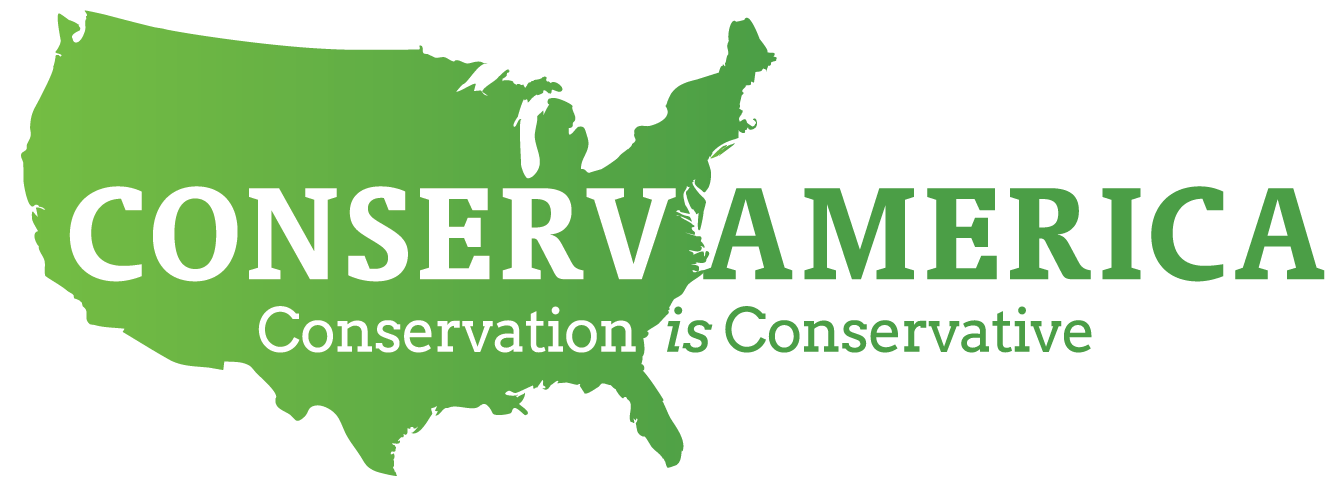EPA Should Pause WOTUS Rulemaking Until Supreme Court Hears Sackett v. EPA
The U.S. Supreme Court is expected to take up the Clean Water Act case of Sackett v. EPA in its next term, which begins in October.
In 2004, Chantell and Michael Sackett of Idaho did what many families do. They bought a piece of land near a lake and obtained local permits to build a home. In 2007, shortly after the construction process started, the Environmental Protection Agency (EPA) served the family with an Administrative Compliance Order, alleging their plans violated the Clean Water Act (CWA) under the expanded definition of regulated waters in the Waters of the United States (WOTUS).
The Sacketts took the EPA to court in 2008, claiming the EPA’s decision was arbitrary. Despite being separated from the nearby lake by a row of houses and a road, the EPA said that part of the residential property qualified as “navigable waters” under the CWA and demanded the property be restored to its former state. Failure to obtain a permit and comply with the order would cost the Sacketts upwards of $40,000 a day, an amount that would undoubtedly crush any family.
The EPA argued that the order was not subject to judicial review. The Sacketts eventually took their case to the Supreme Court, and in 2012 the Court ruled in the family’s favor, saying that access to courts is a proper response to regulation by government parties.
But that did not solve the underlying problem. The current definition of navigable waters under WOTUS is unclear and leaves lots of room for interpretation. It’s not easy for the average citizen to understand whether their land includes water that could fall under this definition. In some cases, it requires the expertise of geologists or hydrologists and other environmental consultants to determine whether a body of water on or adjacent to a property falls under the definition and jurisdiction, and the stakeholder must navigate the permitting process.
The definition of WOTUS has also changed several times under successive administrations. Questions regarding the extent of this jurisdiction have been a source of controversy and uncertainty for decades. It has resulted in multiple rulemakings, continuous litigation, and three Supreme Court rulings. For too long, farmers, ranchers, and landowners across the country have been caught up in the whiplash.
In what may have been an attempt to remedy the situation, the EPA and the Army Corps of Engineers in November announced plans to revise the definition of WOTUS. The latest proposal would put back into place the pre-2015 definition of WOTUS to reflect consideration of previous Supreme Court decisions. The American Farm Bureau Federation has said that would impose “incredible burdens that will have unintended, yet lasting, consequences” on the nation’s farmers and ranchers.”
Since the EPA announcement, the Supreme Court has agreed to hear another case involving the Sacketts, who for the past 15 years have not been able to move forward with their plans to build a house. This time, the family is asking the Court to look at its 2006 decision in Rapanos v. United States and adopt a test that would allow wetlands to be regulated only when they have a continuous surface water connection to regulated waters.
Damien Schiff, an attorney representing the Sacketts, has said the family’s situation illustrates “all that has gone wrong with the implementation of the Clean Water Act.” The family hopes that the Court’s decision will “bring fairness, consistency, and a respect for private property rights to the Clean Water Act’s administration.”
In light of the current circumstances and the upcoming Supreme Court review, the prudent step would be for the EPA and Army Corps of Engineers to suspend their rulemaking plans and wait to finalize a WOTUS definition that provides the regulatory certainty that is needed. Senate Republicans have formally requested that the EPA pause its plans on the basis that it could be invalidated or significantly altered with the forthcoming Supreme Court ruling on the case. ConservAmerica agrees that changing the rules when the regulatory authorities could change again in a few months will only add to further confusion among stakeholders and has issued a letter with a similar request asking the agencies to cease their plans. To date, there has been no response from the EPA.
The Sacketts’ case is a prime example of the government strong-arming private landowners and, sadly, this problem is not unique to them. There remains substantial confusion among stakeholders and other private landowners across the country regarding what waters fall under the CWA regulation.
Stakeholders understand that communities need access to clean water to thrive. At the same time, government agencies must exercise consistency and restraint and not extend their authority beyond what is reasonable during this time of ambiguity.
This family’s ordeal has shone a bright spotlight on how cumbersome this can be for private landowners. The Sacketts have spent 15 years and reportedly hundreds of thousands of dollars trying to remedy this issue. ConservAmerica believes the Court will find a way forward that will provide clarity and consistency and balance the protection of our nation’s waters while reducing confusion and unnecessary overreach by agencies on farmers, ranchers, landowners, and other stakeholders.
The Supreme Court is expected to hear arguments in Sackett v. EPA during its next term, which begins in October. A decision is expected in the summer of 2023.

